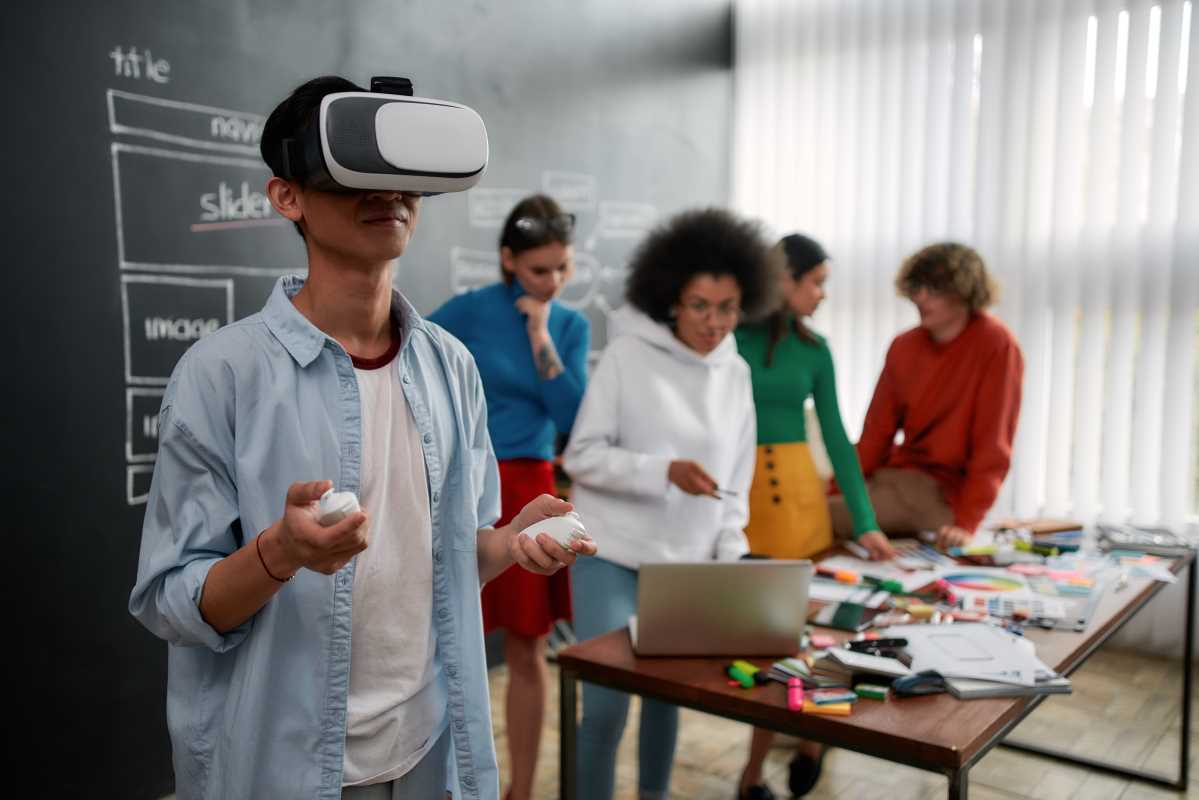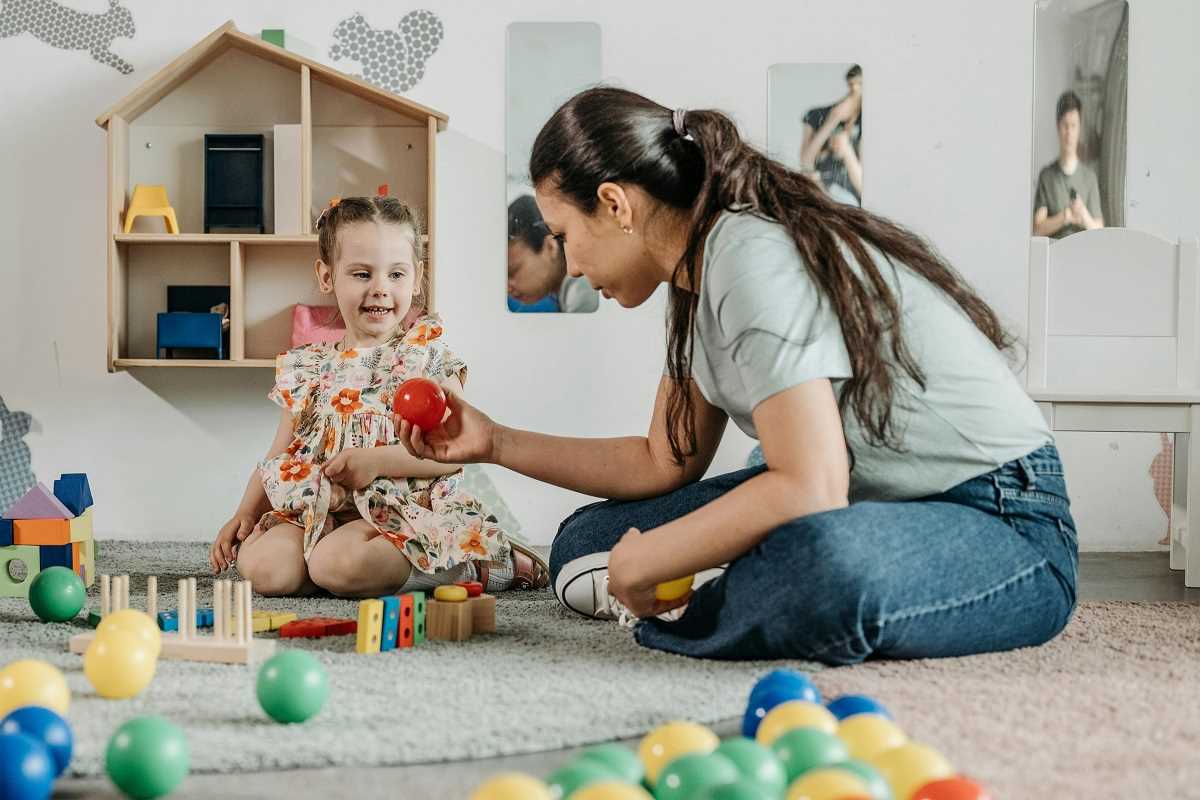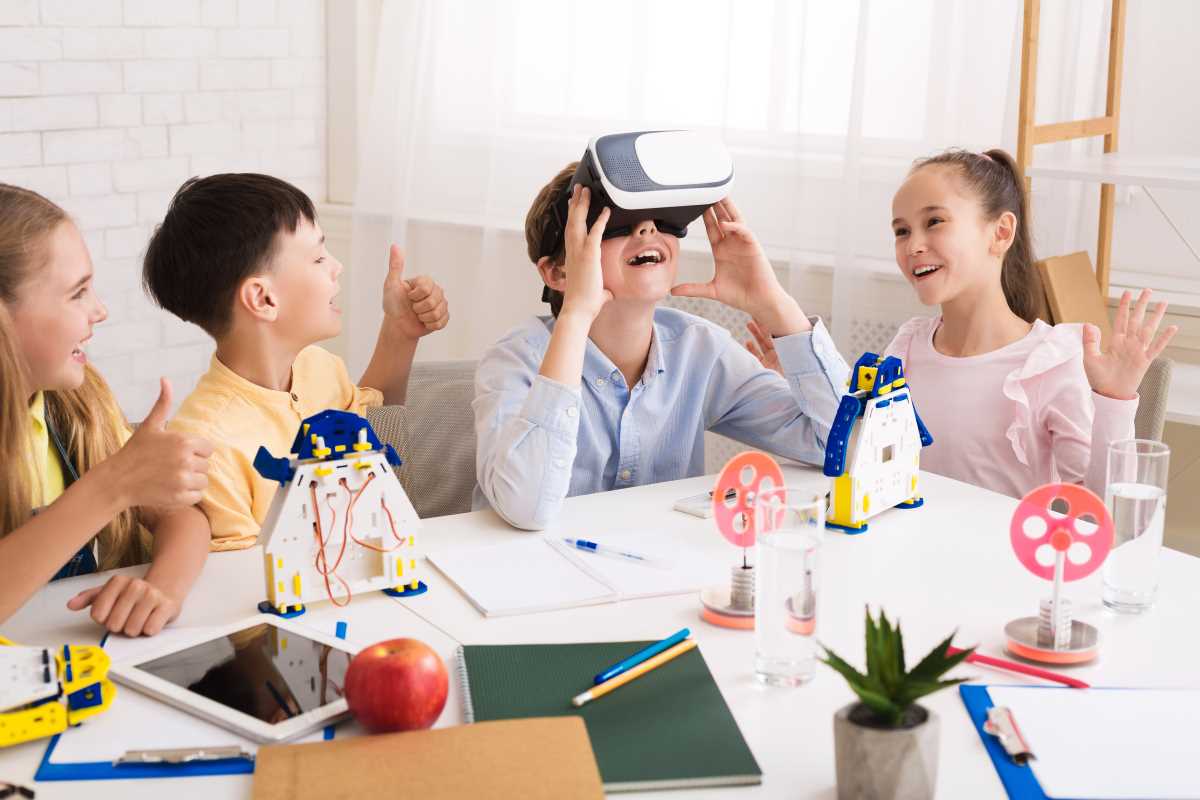Blended teaching methods that bring together traditional classroom activities and digital resources can significantly improve the educational experience for students with dyslexia. Teachers who use a mix of in-person discussions and interactive online tools tailored to each student's needs give these learners more ways to succeed. This approach allows students to participate in lessons at their own pace, ask questions more freely, and access resources that support their unique learning styles. By creating a flexible and supportive environment, blended learning helps students with dyslexia gain confidence, stay motivated, and connect more deeply with the material, making school a more positive and rewarding experience.
This article outlines various blended learning models that support dyslexic students by addressing common challenges and suggesting approaches that both teachers and schools can consider. The insights shared here highlight practical tips and real-world examples designed to help everyone involved create a more accommodating classroom vibe.
Understanding Dyslexia in Education
Dyslexia affects each student differently, creating unique challenges in traditional educational settings. Some learners struggle with reading fluency, writing, and processing information, which often demands that instructors adjust their teaching approach.
By recognizing these challenges, educators can adapt their methods to suit each student’s needs. Key challenges faced by dyslexic learners include:
- Trouble with phonemic awareness and decoding words quickly
- Struggles with reading comprehension that can affect overall academic performance
- Time-consuming processes for reading and writing tasks
- Difficulties in following multi-step instructions due to information overload
What is Blended Learning?
Blended learning combines face-to-face interactions with online educational experiences. This approach can personalize lessons, allowing students to work at their own pace while enjoying the benefits of direct teacher support. The mix provides flexibility and opportunities to engage in ways that purely classroom-based education often cannot offer.
Core components of blended learning include:
- In-person sessions that encourage active discussion and immediate feedback
- Online modules to reinforce concepts through interactive media and exercises
- Self-paced learning segments that let students revisit challenging topics as needed
Key Blended Learning Models for Dyslexic Students
Several models have shown promise in supporting dyslexic students, offering targeted methods that address their learning difficulties. These models create engaging environments where technology integrates with traditional teaching, making it easier for learners to grasp new information.
Effective models include:
- Flipped Classroom: Students review content online before engaging in classroom discussions and activities, allowing extra time for complex topics.
- Station Rotation: Learners move between different stations, alternating between tech-driven exercises and traditional learning tasks.
- Adaptive Learning Platforms: Online systems adjust the difficulty of assignments in real time based on student performance, providing personalized pacing that can greatly help with dyslexia challenges.
- Project-Based Learning: Encourages students to work in groups and use digital resources for real-world projects which combine creativity with learning fundamentals.
Essential Strategies for Implementation
Developing an environment that meets the specific needs of dyslexic students is crucial. Teachers who work with blended learning can adopt several actionable methods that ensure a more inclusive teaching atmosphere. These techniques support different learning styles and help build a more dynamic classroom setting.
Some practical approaches include:
- Using multi-sensory teaching techniques that combine visual, auditory, and hands-on activities
- Breaking lessons into smaller, manageable segments to avoid overwhelming students
- Providing digital tools such as text-to-speech and speech recognition software
- Encouraging interactive participation through online discussion boards and group activities
- Regular feedback sessions that allow learners to express their concerns and difficulties
Benefits and Challenges of Blended Learning for Dyslexic Students
Blended learning offers many advantages to students who experience dyslexia. The main benefit lies in its flexibility, which enables a personalized approach to understanding new ideas. It often leads to increased engagement since students can alternate between direct instruction and interactive, hands-on tasks that play to their strengths.
Despite its advantages, blended learning can present obstacles that require careful consideration. Some challenges include ensuring that digital tools do not replace essential personal interactions and managing varying levels of access to technology among students. Examples of issues include:
- Potential technical problems that might hinder learning instead of helping
- The need for ongoing teacher training to handle new digital tools effectively
- Maintaining student motivation in self-paced online segments without constant oversight
Integrating Inclusive Learning Environments
Creating classrooms that welcome and support diverse learners requires thoughtful integration of both physical and digital resources. Teachers can ensure that all students, especially those with dyslexia, experience engaging content and receive the support they need. Staying current on the latest inclusive techniques and customizing approaches that balance traditional and digital methods remains important.
Blended learning offers many practical opportunities to improve how dyslexic students experience education. The models discussed provide clear steps that educators can take to create classrooms that accommodate various learning needs while making the most of technology’s potential.
Blended learning combines personalized digital modules and face-to-face interactions to support each student. With ongoing improvement, it can enhance inclusive education.
.jpg) (Image via
(Image via





